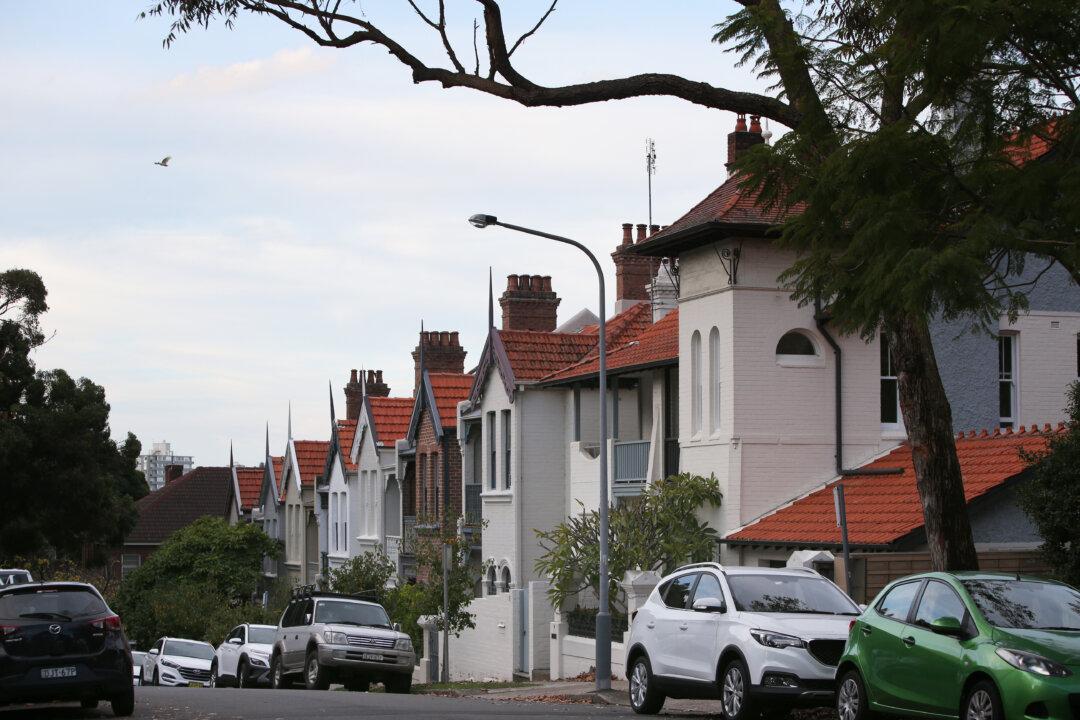New South Wales (NSW) is investing over $55 million (US$36 million) a year in hotel rooms for homeless people as rent increases are skyrocketing in Australia’s most populous state.
Housing Minister Rose Jackson said the number of people in temporary accommodation, a place where homeless people get a shower and shelter, has surged in recent years.




